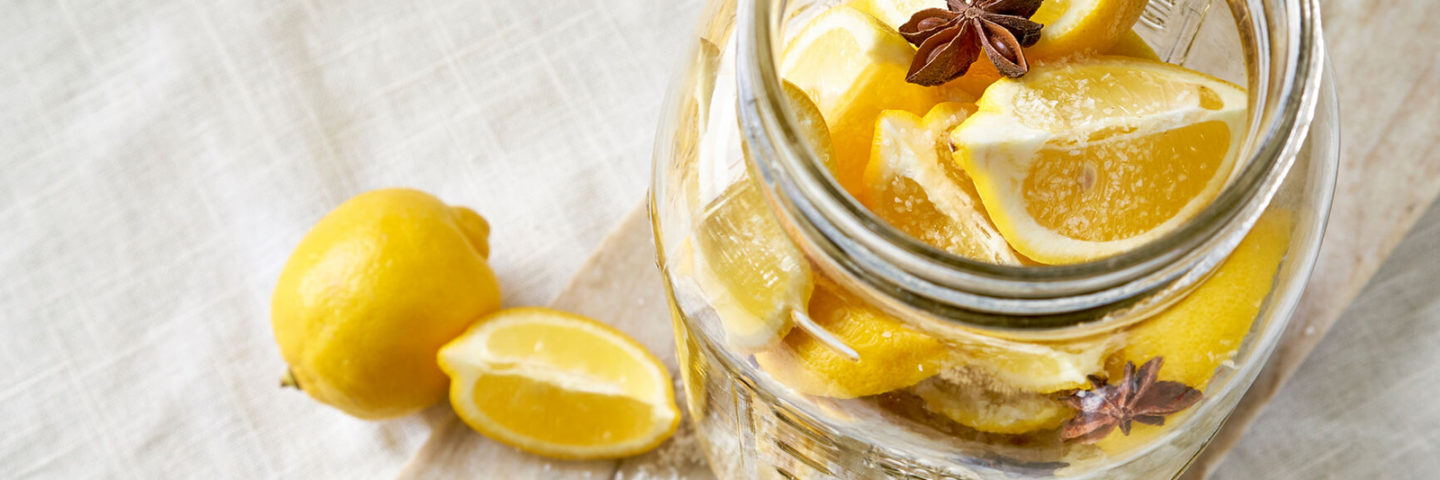
The Gateway to Fermented Food
The yogurt and kefir section in grocery stores continues to expand, shrubs and kimchi are no longer unusual menu items, and it seems like everyone I know is making their own kombucha or beer.
Fermented foods are expected to be a popular food trend again in 2020, but they’re certainly nothing new. Fermentation is a time-tested way to preserve food and was an absolute necessity pre-refrigeration. While studies are limited, data suggest that the microorganisms produced during fermentation may be linked to better health. (1) Not to mention, fermented foods are delicious! Lots of the fermented foods in grocery stores have been pasteurized, baked, or undergone some other process that kills those beneficial live microorganisms. That’s where home fermentation comes in.
People get a little freaked out by the idea of fermenting foods at home. They ask me if they need special equipment, and if fermentation is safe because, “it’s basically just controlled rotting, right?” Fermentation is generally considered safe when basic food safety practices are followed. In fact, fermented vegetables are often considered safer than raw because the fermentation process kills harmful bacteria. (2) So, I’m here to introduce you to one of my favorite fermentation recipes. It requires zero special equipment, takes only a few days, and includes veggies!
I want you to make sauerkraut. Why? Well, it really doesn’t get much easier, or more versatile, than sauerkraut. The fermentation possibilities feel endless after you’ve made your first successful kraut batch! Feel free to riff off of this basic recipe. I love to add shredded carrots and caraway seeds or beets and turmeric. Enjoy!
(1) https://isappscience.org/for-scientists/resources/fermented-foods/
2) https://www.foodsafetynews.com/2014/03/fermenting-veggies-at-home-follow-food-safety-abcs/


